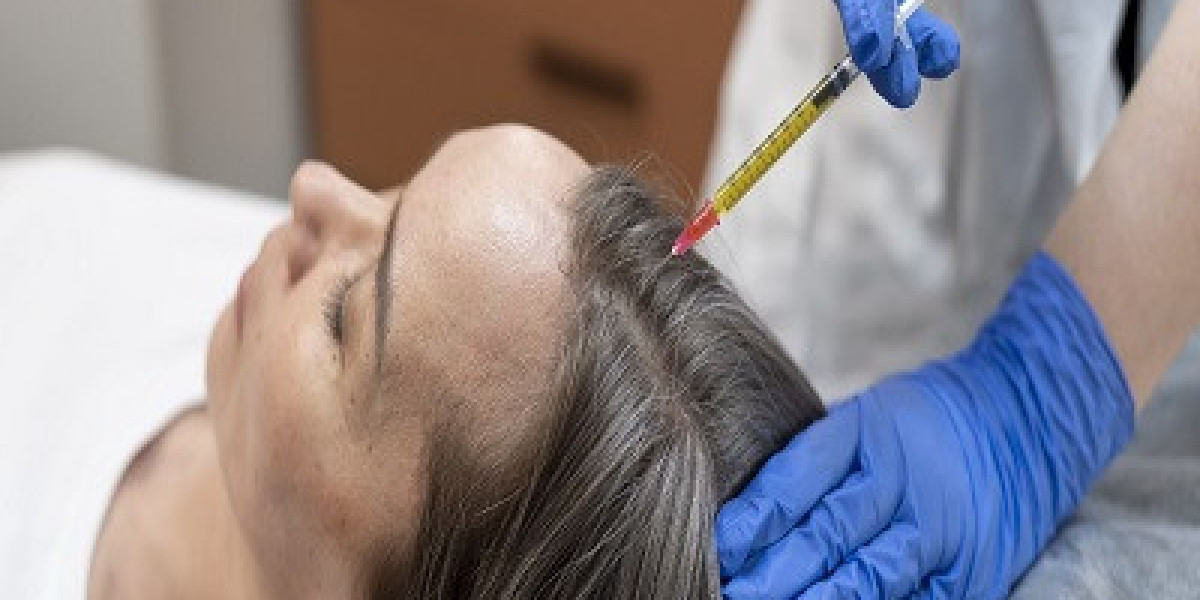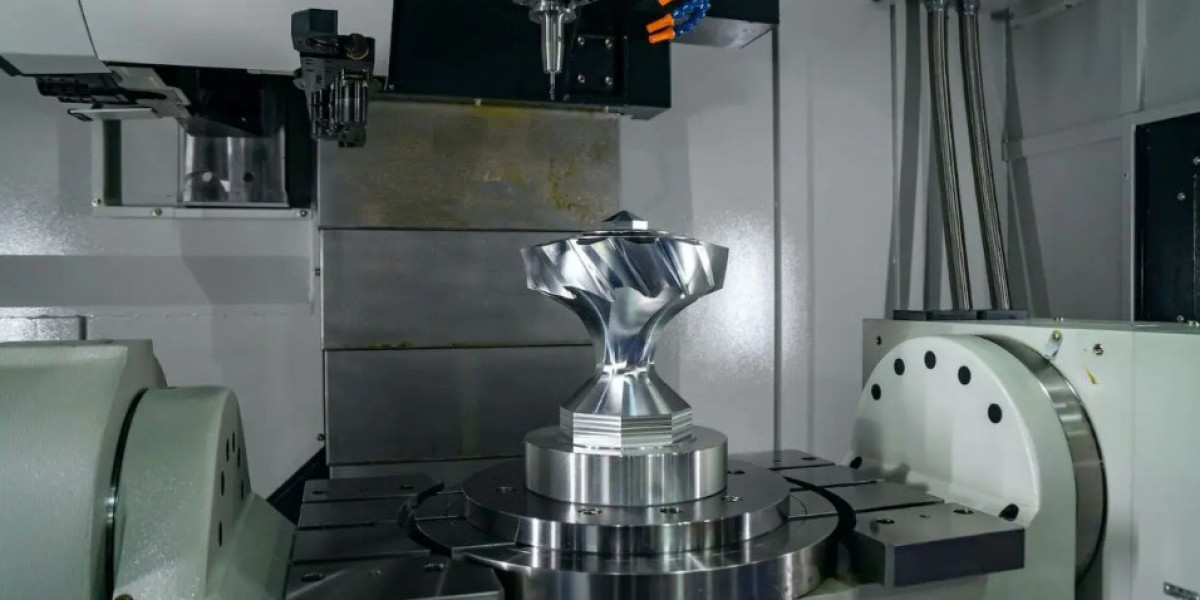Platelet-Rich Plasma (PRP) therapy has become a leading non-surgical treatment for individuals dealing with hair thinning and hair loss. Its popularity stems from its regenerative capabilities, minimal invasiveness, and use of the body's natural healing mechanisms. Despite its effectiveness and safety, many patients considering PRP therapy often ask: What is the recovery time after PRP treatment? This question is crucial for those seeking visible results without disrupting their daily schedules. Individuals exploring options for the Best PRP in Islamabad will find PRP treatment to be a solution that blends efficacy with convenience.
Understanding the PRP Procedure
Before delving into recovery specifics, it’s important to understand how PRP treatment is performed. The procedure begins with a simple blood draw from the patient. The blood is then processed using a centrifuge to isolate the platelet-rich plasma, which is rich in growth factors. This concentrated plasma is then injected into the scalp areas affected by hair thinning or hair loss.
The entire procedure typically takes about 45 to 60 minutes. Since no incisions or general anesthesia are required, the recovery phase is significantly shorter compared to surgical hair restoration options.
Immediate Post-Treatment Effects
After the procedure, it’s common for patients to experience mild redness, swelling, or tenderness at the injection sites. These symptoms are temporary and usually resolve within a few hours to a couple of days. The level of discomfort is minimal and does not typically require medication beyond mild over-the-counter analgesics if needed.
There may also be a sensation of tightness or a mild throbbing in the treated area, particularly during the first 24 hours. These symptoms are signs of the body’s inflammatory response, which is essential for tissue regeneration.
Typical Recovery Timeline
PRP therapy is often referred to as a "lunchtime procedure" because patients can usually return to their regular activities immediately afterward. However, for optimal recovery and results, the following timeline offers a general guide:
First 24 Hours
Avoid washing the scalp or applying any products.
Refrain from touching or scratching the treated area.
Patients should avoid strenuous physical activities or heavy exercise to reduce the risk of swelling or increased blood pressure in the scalp.
24–48 Hours
Mild soreness or swelling may persist, but should be diminishing.
It is generally safe to wash your hair with a gentle shampoo after 24 hours.
Avoid alcohol, smoking, and caffeine as these may affect platelet activity and slow healing.
Day 3–5
Most side effects, including tenderness or redness, should have subsided.
Normal grooming and daily routines can resume fully.
Sun exposure should still be limited, and sunscreen or protective headwear is advisable if venturing outdoors.
Day 7 and Beyond
The scalp typically feels completely normal.
There are no restrictions on physical activities or haircare practices.
Results from the treatment begin to gradually develop over the next few weeks, particularly in terms of reduced hair shedding and early signs of new growth.
No Downtime, Minimal Disruption
One of the primary reasons PRP has become a preferred treatment for hair restoration is that it requires virtually no downtime. Most patients return to work the same day or the following morning. Unlike invasive procedures, PRP does not involve healing from incisions, stitches, or significant tissue trauma.
Moreover, because the treatment uses your body’s own blood, the risk of adverse reactions is extremely low, contributing to a smooth and predictable recovery process.
Factors That Can Influence Recovery
While the average recovery timeline is short and straightforward, several factors may influence individual healing experiences:
Skin Sensitivity: Patients with highly sensitive skin may experience more pronounced redness or swelling.
Injection Technique: Skilled professionals using precise methods and sterile equipment reduce the likelihood of inflammation or bruising.
Underlying Medical Conditions: Autoimmune disorders or poor circulation can affect how well and how quickly the scalp responds to the treatment.
Post-Treatment Care Compliance: Following aftercare instructions diligently plays a significant role in reducing recovery time and enhancing results.
Aftercare Tips to Enhance Recovery
For a swift and smooth recovery, patients are advised to:
Keep the scalp clean and free of any harsh products for the first few days.
Stay well hydrated to support cellular regeneration.
Refrain from hair coloring or chemical treatments for at least 72 hours after the session.
Avoid anti-inflammatory medications such as ibuprofen, as they can interfere with the intended inflammatory healing response of PRP.
Eat a balanced diet rich in vitamins and minerals that support hair health, such as Biotin, Zinc, and Vitamin D.
Scheduling and Follow-Up Treatments
While a single session of PRP can stimulate improvement, hair restoration typically requires a series of treatments for optimal outcomes. Most professionals recommend three initial sessions spaced about four weeks apart, followed by maintenance sessions every four to six months.
Patients can resume their normal schedules immediately after each session, with no long-term disruptions. This makes PRP an ideal solution for busy individuals who are looking for a minimally invasive approach to hair restoration.
Comparing PRP Recovery to Other Treatments
Compared to surgical hair transplants, which may require weeks of healing and time away from work, PRP stands out for its convenience and minimal recovery needs. Additionally, treatments like laser therapy or topical medications may require months of ongoing use before results are noticeable, whereas PRP often shows improvement in hair density within 3–6 months after the initial session series, without daily upkeep.
Conclusion
When evaluating hair restoration options, understanding the recovery timeline is essential. PRP treatment offers a short and uncomplicated recovery process with minimal discomfort and virtually no downtime. Its autologous nature, non-invasiveness, and effective healing profile make it a preferred choice for patients seeking both safety and efficiency.







